paintings of Artist Alexei Alekseevich Kharlamov
Alexei Alekseevich Kharlamov ( Алексей Алексеевич Харламов ) is a Russian artist, portrait painter, master of depicting women's portraits and scenes from the lives of children. Born in 1840 in the village of Dyachevka, Saratov province, into a large family of a serf. In 1850, Alexei's parents, along with him and two more younger children, received free freedom. Soon the Kharlamov family moved to St. Petersburg. In 1862 Alexey Kharlamov
began to attend the class of Professor Alexei Tarasovich Markov at the Imperial Academy of Arts as a free student. During his long academic course, Kharlamov received many silver and gold medals. In 1868, the artist was awarded a large gold medal for the painting "The Return of the Prodigal Son to the Parental Home" and the right to a pensioner's trip abroad.
In 1869 Kharlamov visited Berlin, then worked in Paris under the leadership of L. Bonn, then traveled to Belgium and Holland. In The Hague, commissioned by the Imperial Academy of Arts, he painted an excellent copy of Rembrandt's painting "The Anatomy Lesson of Dr. Tulp."
In 1874 Kharlamovsent three of his works to an academic exhibition in St. Petersburg, for which and for a copy of Rembrandt's painting made in The Hague, Kharlamov received the title of academician. Since 1872 he became a member of the Association of Traveling Art Exhibitions. At the end of 1876, the artist left Russia for good and settled in France. The reason for Kharlamov's emigration was that Alexei Alekseevich, as Ilya Repin wrote, "loves Paris terribly" and would like to stay there forever.
Upon his return to Paris, Kharlamov turned his workshop in the house on the Place Pigalle into a fashionable atelier. Kharlamov's specialty was portraits, graceful female and children's heads and simple scenes from the life of children. Later Kharlamovbought a house in Vela. This city was loved by the artist; later he donated many of his works to the city. The artist constantly exhibited at the Paris Salon, participated in world exhibitions, and received awards.
However, portraits of women and children put on stream by Kharlamov eventually bored even the undemanding part of the French public. This constancy of the artist's style turned into a tragedy for him at the beginning of the twentieth century, when the artistic tastes of society changed significantly. Alexey Kharlamov spent the last years of his life in poverty and loneliness. The only one who brightened up his old age was the French opera singer Felia Litvin. Alexei Alekseevich Kharlamov died in 1925 in Paris and was buried in the Pere Lachaise cemetery.
Alexei Alekseevich Kharlamov è un artista russo, ritrattista, maestro nel rappresentare le teste delle donne e le scene della vita dei bambini. Nato nel 1840 nel villaggio di Dyachevka, provincia di Saratov, in una grande famiglia di un servo. Nel 1850, i genitori di Alessio, insieme a lui e ad altri due figli più piccoli, ricevettero la libertà gratuita. Presto la famiglia Kharlamov si trasferì a St. Pietroburgo. Nel 1862 Alexey Kharlamov
ha iniziato a frequentare la classe del professor Alexei Tarasovich Markov presso l'Accademia Imperiale delle Arti come studente gratuito. Durante il suo lungo corso accademico, Kharlamov ha ricevuto molte medaglie d'argento e d'oro. Nel 1868 l'artista ottenne una grande medaglia d'oro per il dipinto "Il ritorno del figliol prodigo alla casa dei genitori" e il diritto al viaggio all'estero di un pensionato.
Nel 1869 Kharlamov visitò Berlino, poi lavorò a Parigi sotto la guida di L. Bonn, quindi viaggiò in Belgio e in Olanda. A L'Aia, su commissione dell'Accademia Imperiale delle Arti, dipinse un'eccellente copia del dipinto di Rembrandt "La lezione di anatomia del dottor Tulp".
Nel 1874 Kharlamov inviò tre delle sue opere a una mostra accademica a St. Pietroburgo, per la quale e per una copia del dipinto di Rembrandt realizzato all'Aia, Kharlamov ha ricevuto il titolo di accademico. Dal 1872 divenne membro dell'Associazione delle mostre d'arte itineranti. Alla fine del 1876 l'artista lasciò definitivamente la Russia e si stabilì in Francia. Il motivo dell'emigrazione di Kharlamov è che Alexei Alekseevich, come ha scritto Ilya Repin, "ama terribilmente Parigi" e vorrebbe rimanerci per sempre.
Al suo ritorno a Parigi, Kharlamov trasforma il suo laboratorio nella casa di Place Pigalle in un atelier alla moda. La specialità di Kharlamov erano i ritratti, graziose teste di donne e bambini e semplici scene della vita dei bambini. Più tardi Kharlamov acquistò una casa a Vela. Questa città era amata dall'artista; in seguito ha donato molte delle sue opere alla città. L'artista ha costantemente esposto al Salone di Parigi, ha partecipato a mostre mondiali e ha ricevuto premi.
Tuttavia, i ritratti di donne e bambini messi in onda da Kharlamov alla fine annoiarono anche la parte meno esigente del pubblico francese. Questa costanza dello stile dell'artista si è trasformata in una tragedia per lui all'inizio del XX secolo, quando i gusti artistici della società sono cambiati in modo significativo. Alexey Kharlamov ha trascorso gli ultimi anni della sua vita in povertà e solitudine. L'unico che ha rallegrato la sua vecchiaia è stata la cantante d'opera francese Felia Litvin. Alexei Alekseevich Kharlamov morì nel 1925 a Parigi e fu sepolto nel cimitero di Pere Lachaise.
















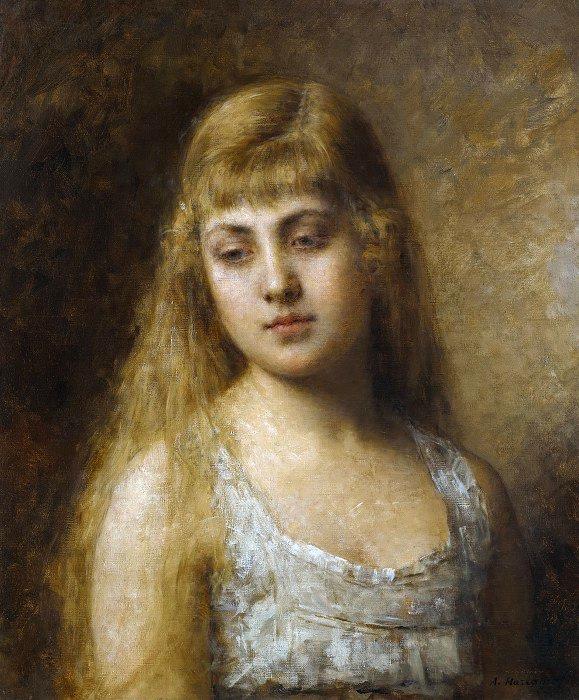

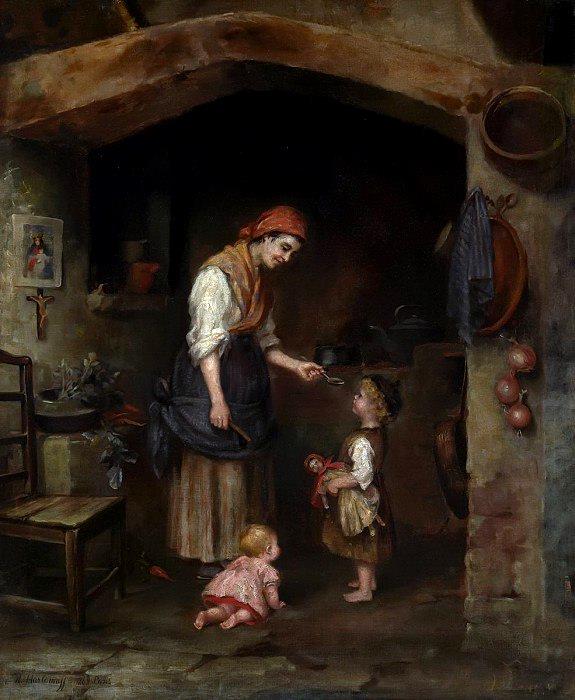




























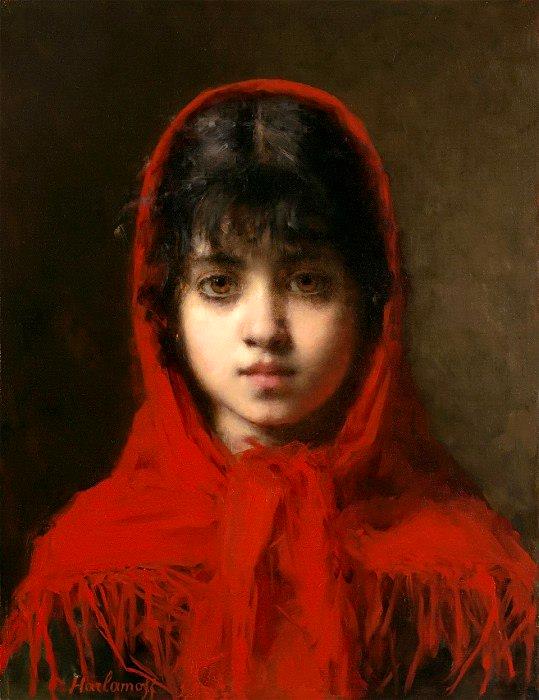








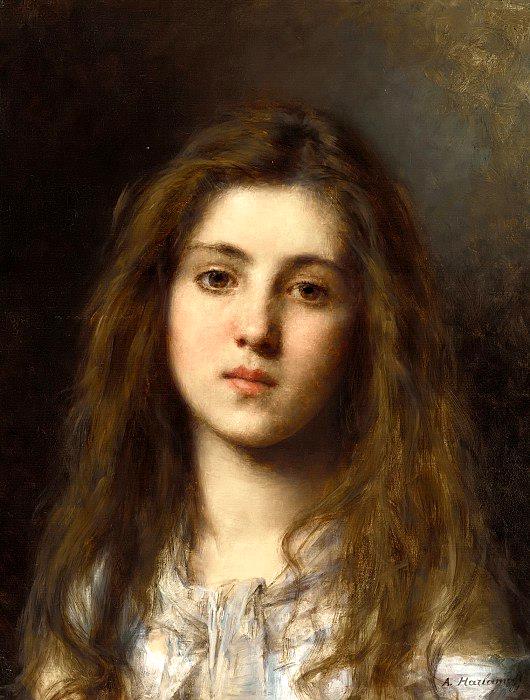













































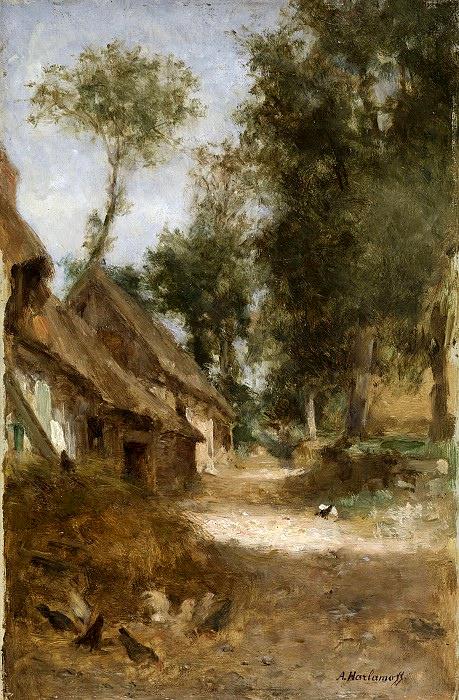






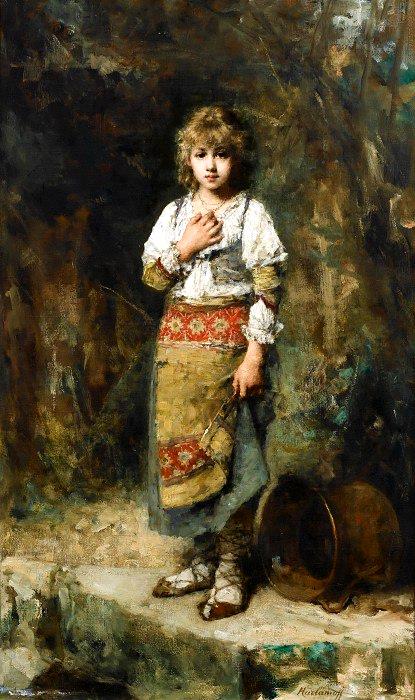







Aucun commentaire:
Enregistrer un commentaire